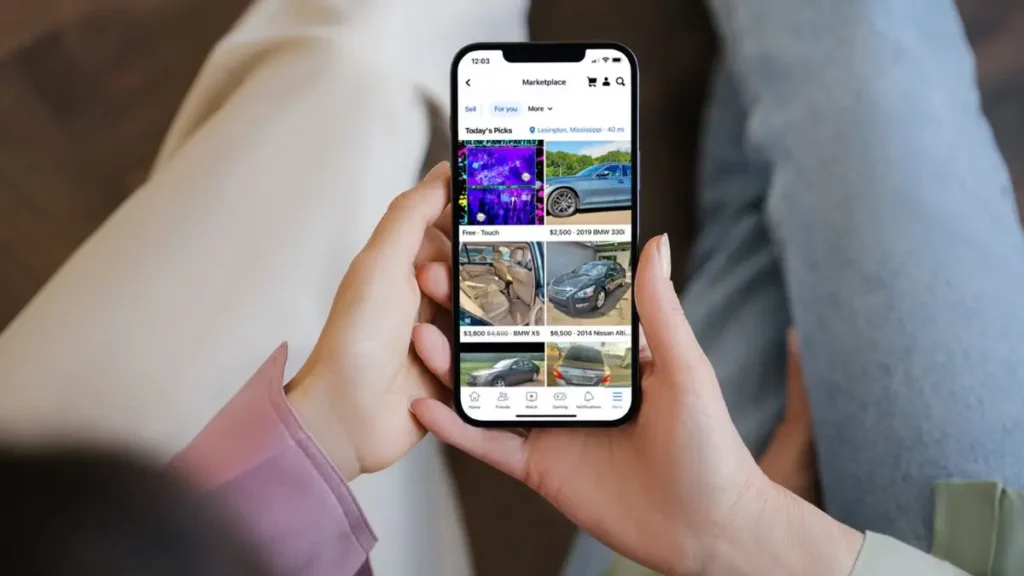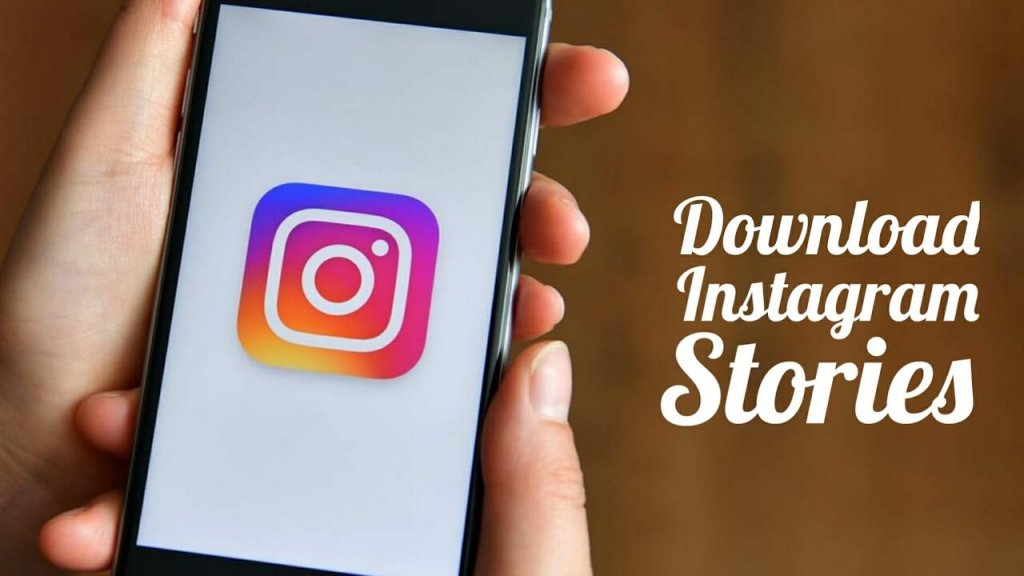It’s not a word that rolls off the tongue, but “glocalization” is a trend that’s been picking up steam for some time – except, for the most part – in social media. For anyone who hasn’t heard the admittedly buzzword-jargon-sounding word, “glocalization” is a hybrid of local and global, and is defined as “a product or service that is developed and distributed globally but is also adjusted to accommodate the user or consumer in a local market.”
There’s no question that social media of all kinds has shrunk the world, but paradoxically, as the world has gotten smaller, the ‘zoom in’ effect has only demonstrated how big the world is and how many choices there are. Narrowing that focus to your immediate surroundings quickly shows the value and use of social media as a communication tool – when it’s a tool that’s all about you and where you are rather than a connection to the entire planet.
Dating apps were perhaps the first pioneers in serious localization. Apps that tell you there is “someone who fits your dating profile 1.3 miles away from you” are significantly more useful than say, a Facebook group with 10,000 members who all share your particular dating preferences.
So, what if a video sharing app could – instead of only specifically finding a date – create a sense of belonging between familiar places and people? It’s a great idea, but only recently have new startups offered platforms that use interactive maps as the primary way for users to build more genuine connections – because they are more local.
Shrinking your world – first down to your neighborhood – can offer some interesting insights. One of the first of these insights is usually some surprise at discovering just how much you don’t know about your local area. And fair enough. We are all incredibly busy people who live lives based on routines that include work or school, and we don’t necessarily have time to keep abreast of stuff that’s happening right in our metaphorical backyards.
Plus, many local message boards or local social media groups are not necessarily well-designed, easy to find, or even all that informative. A new class of localized video apps, however is seeking to change how we interact by focusing on the things that are quite literally around us.
And we’re not talking about a bunch of local businesses adopting the dating app concept and reminding you that “there’s an Italian restaurant just 1.3 miles away,” for example. This video-map app concept involves using the joy of social media to make very local and very broad connections.
Let’s say, again as an example, you watch a 10-second amusing video of a woman being chased by some chickens they are raising. On the face of it, such a video is simple entertainment, but if you happen to be someone who is also raising chickens and you’d appreciate some guidance… The fact that this other person with similar interests is just around the corner from you could be extremely helpful information.
A person posting a short video of a hiking trail in your area on an app that’s that is connected to an interactive map would allow you to find the hiking trail, and you might perhaps even shoot the person a message and see if you vibe.
The app comes with a Neighborhood Feed similar to a message board, a section called Discover where you can find out what’s trending nearby, another function called Checkout, which highlights new hangout spots, or you could go over to the Meet section and perhaps make some new friends.
The reason this is different from any of the major social media platforms is perspective. Many of us crave information from a local perspective – plus, having an interactive map interface uncovers hidden gems in spots that could be surprisingly close.
As these communities grow, they will also become useful for travelers. Someone on vacation could hook up to a local neighborhood-centric app, scroll through some feeds or watch a few videos and then post a question or comment which could provoke a helpful response or become the beginning of a new connection.
The app is primarily focused on sharing via video and that’s an intelligent choice as even the old fogies amongst us who remember the days of pagers and answering machines have pretty much figured out how to shoot and upload a video. And videos, of course, are more powerful than pretty much any other testimony as seeing is believing.
Returning to the opening theme of a trend towards fusing global and local, there’s been plenty of talk about how social media has allowed us to restore friendships with long-lost friends and helped us make new contacts based on what we post or the groups we join. The missing feature, however, has been a “trees vs. forest” problem.
It’s wonderful to reconnect with somebody you went to school with, but if they’re living halfway across the country or halfway across the world, the truth of the matter is that you are likely only going to communicate semi-regularly.
Discovering someone in your immediate vicinity, however, who is interested in what you’re interested in could bring you a lot more immediate happiness than the occasional re- connect with an old acquaintance.
And the more local a platform is, the more you’ll appreciate certain types of info that are otherwise almost irritating: those friends who insist on posting pictures of what they’re eating while on holiday in Jamaica – not very interesting, and definitely not very helpful. But a person in your town posting a video of food at a new restaurant is something that you can tangibly use to judge whether or not you’d like to check out the new location.
The whole idea of social media takes on a new persona when new ideas for tech shrink it down to the micro level of a city, a town, or even a neighborhood. Couple that with visual content, a medium growing faster than any other (as evidenced by the latest tech giant new kids on the block such as TikTok and Snapchat), and you have a formula that works for everything from local marketing to area networking to building new friendships and relationships of all kinds – with folks from where you’re from.
Most seem to have gotten the memo that video is king, but not everyone. A podcaster on a forum for their industry recently expressed surprise that YouTube is the primary platform for people in the United States to enjoy podcasts, and their surprise is, in some ways, understandable. After all, aren’t podcasts something you listen to? Isn’t YouTube or platform for videos? But the video – even if it isn’t the best quality or edited professionally – is so dominant in the 2020s that people prefer to watch a podcast, even if the only visuals are a less than a riveting couple of people chatting into microphones.




